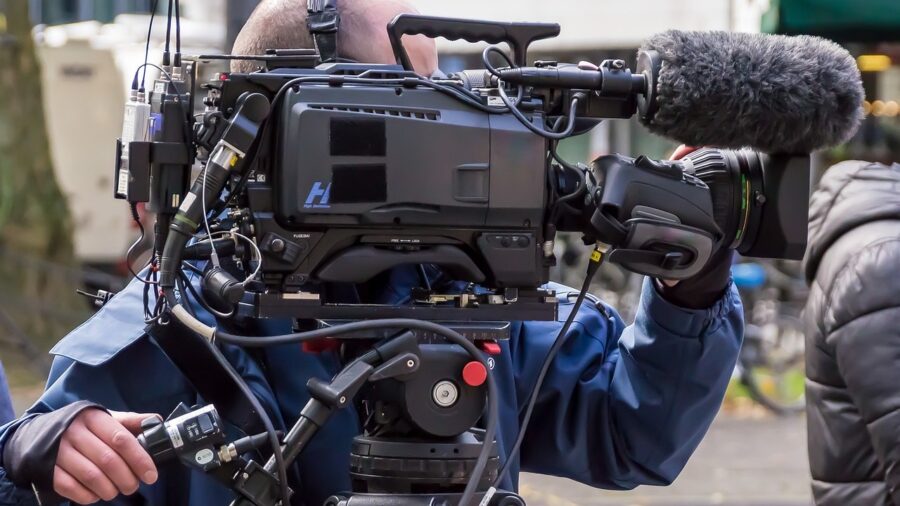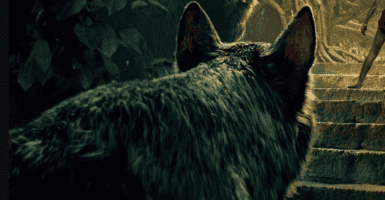New Camera Replaces Reality With AI Images
Paragraphica, a new AI powered camera, uses command prompts to create lifelike images instead of taking photos.

Futurism reports that a designer in the Netherlands has developed a special AI camera that functions without the use of a lens. Designer Bjørn Karmann created this new technology that utilizes AI technology to generate a prompt based on geographic location, weather, time of day, and other factors before rendering an image based on this information. Karmann’s AI camera was developed with the intention of providing us with a better understanding of how artificial intelligence perceives the world that we live in from its own unique vantage point.
Karmann likens his AI camera creation to the star-nosed mole, who use their snout antennae to perceive their surroundings without the aid of light or their visual cortex. A quick Google search shows us that the “lens” on this camera (referred to as Paragraphica) has a striking resemblance to its underground inspiration. Just like the star-nosed mole has to rely on non-visual queues to navigate its surroundings, Paragraphica relies on datasets from which it can extrapolate to create an artistic rendering of its reality.
The AI camera images that Karmann showed us on his Twitter are quite accurate if we had to say so ourselves, but they still lack a human touch. We’re walked through his process in a short video, and an image of a city street is generated right before our very eyes in just 27 seconds. Despite the accuracy of the AI camera, there are still details that don’t quite match up.
Though the AI camera is capable of producing an artistic rendering of its surroundings without the use of a conventional camera lens, it looks as if the data doesn’t truly capture the present moment when the shutter is clicked. The image in question shows us a surreal version of the city street in which all the perfectly parked cars look almost identical against a backdrop of alarmingly symmetrical buildings when juxtaposed against the actual real-life street view. In other words, we’re not seeing a mirror image of our own reality with this AI camera, but rather what a computer may see based on the prompts it receives from various sources.
Karmann asserts that his AI camera is simply a “passion art project,” and he has no intention to mass produce such a piece of technology for public consumption. What he really wants to highlight is how AI doesn’t see the world through the same eyes that we do but through its own unique sense of self that’s based on what it thinks we’re perceiving. If you’re a fan of symmetry and eerily calm city streets, his Twitter page is definitely worth a look.
So if you’re a professional photographer, you don’t need to worry about your livelihood being taken over by AI cameras any time soon. Paragraphica lacks the human touch that traditional photography requires and is simply a visual representation of where AI is currently at in its various phases of development. Much like the photos that the AI camera renders, we find that artificial intelligence is living in a liminal space between our own world and its own at this point in time.












